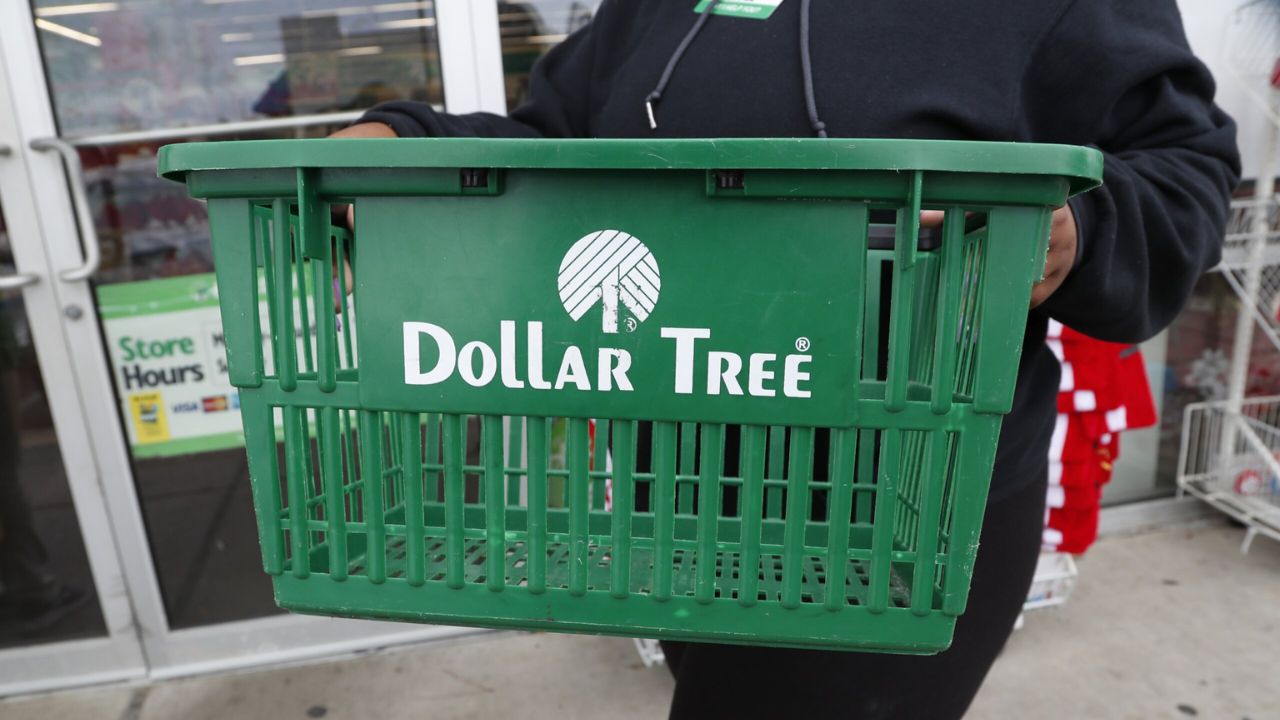Dollar Tree, the discount retailer known for its everything-for-a-dollar concept, reported a surprising loss in its fourth quarter and announced plans to close nearly 1,000 stores.
This significant move comes after years of struggle to integrate Family Dollar, a rival chain Dollar Tree acquired in 2015 for over $8 billion.
The acquisition of Family Dollar in 2015, following a bidding war with Dollar General, has proven to be a burden for Dollar Tree. Analysts point to the difficulty of merging the two companies’ operations as a key factor in Dollar Tree’s recent woes.
According to Neil Saunders, managing director of GlobalData, “This dramatic cull is the coup de grâce in the rather botched acquisition of the Family Dollar chain.”
Saunders further stated that even after nearly ten years, Dollar Tree “has not been able to completely turn around” the situation inherited from the acquisition.
The Financial Impact:
The financial impact of the troubled acquisition is stark. Dollar Tree recorded a significant impairment charge of $950 million against the Family Dollar brand, on top of a $1.07 billion goodwill charge.

These accounting adjustments reflect the diminished value of the Family Dollar in the wake of the failed integration.
Furthermore, Family Dollar is expected to spend over $594 million on store closures and rebranding efforts, essentially negating any profits generated during the holiday season.
The store closure plan involves shuttering around 600 Family Dollar locations in the first half of 2024, with an additional 370 Family Dollar stores and 30 Dollar Tree stores slated for closure over the next few years.
This represents nearly 12% of all current Family Dollar locations, as Saunders highlights. The significant number of closures underscores the challenges Dollar Tree has faced in attempting to merge the two discount chains.
Dollar Tree’s Financial Performance: Mixed Signals
The company swung to a net loss of $1.71 billion, or $7.85 per share, compared to a profit in the same period last year. However, excluding certain one-time charges, earnings per share came in at $2.55, which fell short of analyst expectations of $2.67 per share.

On the revenue side, Dollar Tree saw an increase to $8.64 billion from $7.72 billion, but this fell slightly below Wall Street’s estimate of $8.67 billion. The company benefited from increased customer traffic, likely driven by inflation as consumers sought value options.
Sales at Dollar Tree stores open at least a year climbed 6.3%, with traffic rising 7.1%. However, this growth was tempered by a decrease in average spending per customer, down 0.7%.
Looking Ahead: Dollar Tree’s Future Uncertain
The company is projecting earnings between $6.70 and $7.30 per share for fiscal year 2024, with revenue expected to fall within a range of $31 billion to $32 billion.
Analysts’ forecasts are slightly higher, with an expectation of $7.04 in earnings per share on revenue of $31.68 billion.
The upcoming quarters will be crucial for Dollar Tree. The success of the store closure plan and the company’s ability to revitalize the Family Dollar brand will be key factors in determining its long-term prospects.
